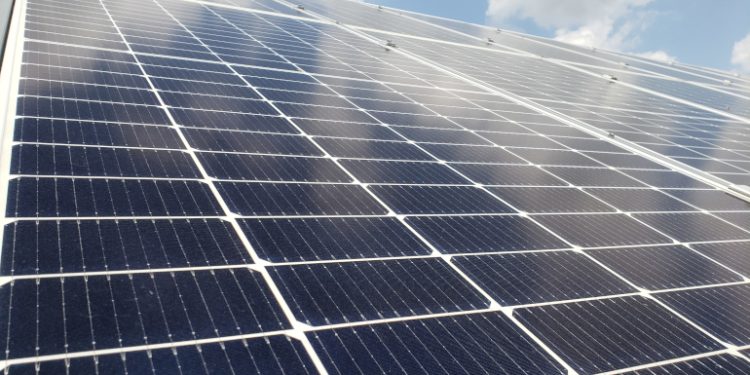EnergyBin has released its third annual “PV Module Price Index for the Secondary Solar Market” report. The price index tracks wholesale pricing and supply of crystalline-silicon solar modules that have fallen out of traditional distribution channels, and as a result are listed for resale on the EnergyBin exchange.
For the third year, the report findings shed light on the importance of a robust and sustainable secondary solar market to minimize waste and maximize asset recovery. The value of a secondary market increases as reuse of PV modules not yet at the end of their lifespans becomes common practice. As a B2B wholesale solar equipment exchange comprised of 500+ member companies, EnergyBin facilitates the connection of solar companies looking to buy and sell PV hardware.
Although transactions do not take place on the EnergyBin platform, sales listings documented more than 5.4 million modules (or 2.13 GW) posted to the site from January 2020 through December 2023. Over the three-year period, solar panels listed for resale on the exchange increased by 29%, an indicator that the secondary market is gaining momentum.
“For the third year in a row, the ‘PV Module Price Index’ has provided data that points to a growing secondary solar market,” stated Renee Kuehl, COO at EnergyBin. “What’s clear from this price index is that remarketed modules, whether new or used, retain resale value. Even as global prices plummeted in 2023, the price index highlights some level of incubation within the U.S. market.”
In December, the spot price for mono PERC modules on EnergyBin of 24.6¢/W was nearly double that of the global spot price of 12.5¢/W. All-black modules were 26.1¢/W, and bifacial modules were 30.8¢/W.
Another indicator that the secondary market is gaining momentum is the increase in used solar panels for resale. Since 2020, the volume of used modules listed for resale on EnergyBin has increased by 282%. Such modules can be redeployed as replacement parts for or add-ons to existing systems, utilized in off-grid systems and repurposed into new, lower energy consuming builds. Furthermore, as these modules reach their end of life, the reuse supply flows seamlessly into recycling channels completing the circular economy loop.
“With the rapid growth of the global solar industry, the secondary market will also continue to grow,” Kuehl said. “Growth leads to new opportunities. In the secondary market space, we’ll see these opportunities manifest in the areas of resale, reuse, repair, remanufacturing, and recycling, as well as value-added services that complement these business functions. All are necessary components of a sustainable circular economy.”
News item from EnergyBin



















